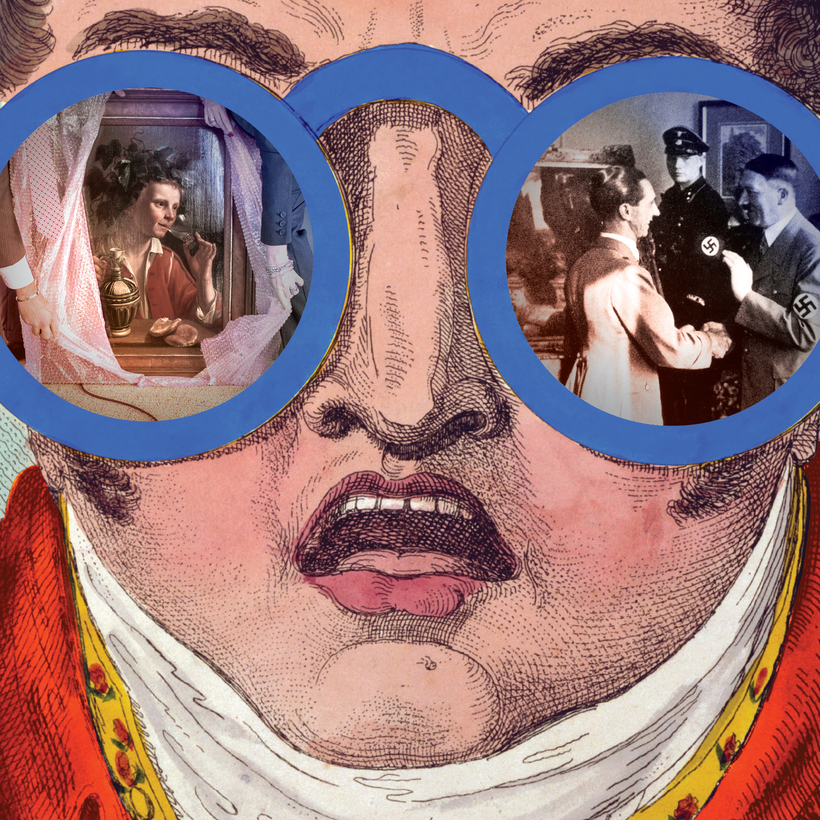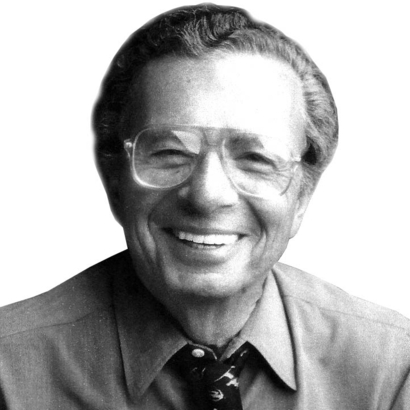“It’s never too late to recognize the fate of those we have lost during the years of the Nazi terror,” said the daughter of August Liebmann Mayer, a prominent German art historian who was robbed of a 17th-century painting in his home in Paris before he was sent to Auschwitz and killed. “I am glad that after more than 70 years, justice is finally being served.”
The painting, Portrait of a Man, from the school of Giovanni Battista Moroni, was repatriated to France at the end of World War II and was held at the Louvre. It was returned to Mayer’s daughter not long ago in a ceremony at the Museum of Jewish Heritage in New York City with the help of the Holocaust Claims Processing Office (H.C.P.O.), a unit in the New York State Department of Financial Services’ Consumer Protection and Financial Enforcement Division.
The H.C.P.O. is the only government agency in the United States that assists people, regardless of where they live, to recover assets lost because of Nazi persecution. Last February, it worked with the Metropolitan Museum of Art in restituting a three-and-a-half-inch-tall 16th-century silver-stem cup stolen for a Nazi art dealer from the collection of German banker Eugen Gutmann in the early 1940s. Emma A. Sheafer ended up in possession of the cup, which she bequeathed to the Met in 1973. “It’s stunning and it sits on my dining-room table, but no one touches it,” Simon Goodman, a great-grandson of Gutmann’s who was finally re-united with the piece, told me.
And in July, the H.C.P.O. aided in arranging a financial settlement between the heirs to a Renaissance painting and the Cerruti Foundation, whose collection is now managed by Turin’s Castello di Rivoli Museum of Contemporary Art. The painting, Madonna and Child with the Young St. John and Two Angels, by Jacopo del Sellaio, was purchased from an art dealer by the late collector Francesco Federico Cerruti in 1987. “At almost 93,” said Grete Unger Heinz, one of the heirs, who remembers seeing the del Sellaio when she was a little girl in Vienna, “I had lost hope that the painting that belonged to my parents would ever resurface.”
High and Low
The H.C.P.O. was created by Governor George Pataki in 1997 to assist Holocaust victims and their heirs in recovering assets deposited in banks; proceeds of unpaid insurance policies issued by European insurers; and art lost, looted, or sold under duress between 1933 and 1945. It has also helped claimants obtain compensation for stolen possessions, which have included furniture, sewing machines, pots, jade pieces, snuff boxes, musical instruments, cameras, and even socks.
The organization reports that it has resolved more than 18,000 claims amounting to over $181 million in assets. Its claimants, who so far number around 6,000, hail from 46 U.S. states and 39 countries, including Austria, Belgium, Croatia, the Czech Republic, France, Germany, Great Britain, Hungary, Israel, the Netherlands, and Poland. Claimants pay no fee and the H.C.P.O. does not take a percentage of the value of assets recovered. Last year, claimants received more than $3 million in assets.
The H.C.P.O. has assisted claimants in obtaining compensation for assets whose worth ranges from $500 to a portion of a $1.9 million estate owed to the heirs of a family linen factory established in Berlin in 1870. The family was forced to turn the company over to the Nazis during World War II.
“There has not been a case I’ve worked on that has not made me feel good,” Anna Rubin, who joined the H.C.P.O. as a claims specialist in 2001 and became its director in 2007, told me. “Many items may be of great emotional or spiritual meaning to claimants but of low monetary or historical significance.”
“At almost 93, I had lost hope that the painting that belonged to my parents would ever resurface.”
Among the 164 paintings, works on paper, and watercolors that have been subject to restitution settlements are pieces by Lucas Cranach, Jan Brueghel the Younger, Jacopo Tintoretto, Juan Gris, Gustav Klimt, and Emil Nolde.
“There are many problems in finding a missing work of art,” said Rubin. “Attributions, titles, and dimensions change through the years. The same artist might have made multiple versions of the same painting. Works are bought and sold anonymously. Owners die without disclosing where they bought the work.”
It doesn’t help that art dealers may, at times, be hesitant to reveal their sources. “Information on a work in a private collection is limited,” said Rubin. “Records of dealers and auction houses are frequently lost, destroyed, or inaccessible.”
Forty-six percent of insurance claims come only with family lore, Rubin said, leaving the H.C.P.O. to rely solely on the claimant’s recollection of a policy. “We try to fill in the blanks.”
The H.C.P.O. has assisted claimants in obtaining compensation for assets whose worth ranges from $500 to a portion of a $1.9 million estate.
Documentation on the part of claimants may come in the form of premium receipts, handwritten lists of families’ itemized assets, pre-war and wartime confirmation letters from insurance companies, photographs, and family correspondence.
One recent insurance claim was from the family of Ludwig Loeb, a successful businessman who lived in Berlin. In 1936 he moved to France, where he was eventually arrested and sent to a Nazi detainment camp. He died in 1943.
According to Rubin, the H.C.P.O. submitted an insurance claim for an unspecified policy to the German Insurance Association. A match was found to a policy issued to Loeb, who had taken it out in 1935, but it was paid out in 1938. Since it was not possible to transfer any money to France in 1938, the company assumed that the money never reached Loeb and offered a full settlement of about $127,000 to the family.
“Getting all the records to see that all the heirs are accounted for becomes quite a challenge,” Rubin said. “We have one claim that we’ve been working on for about 10 years, and there are a dozen heirs claiming it.”
A claim that took less time to resolve, Rubin said, involved Gustava Singer. When she was six years old, her mother died in Auschwitz. She and her father survived the war and immigrated to the United States in 1947. Gustava Singer decided to Americanize her name and changed it to Janet.
In 2017, Singer applied for social security from the Polish Office for War Veterans and Victims of Oppression in World War II. But since she had unofficially changed her name, the veterans’ organization could not confirm that Gustava and Janet were the same person. The H.C.P.O. managed to find a copy of Janet’s petition for naturalization that included both the original and Americanized names. Singer received the pension.
Agnes Peresztegi, a lawyer specializing in restitution cases and former president of the Commission for Art Recovery, told me: “I wish that every country would have an H.C.P.O.”
Milton Esterow was the editor and publisher of ARTnews from 1972 to 2014. He currently contributes to The New York Times, The Atlantic, and Vanity Fair


